Lesson Plan > Lesson 43 > Mathematics
Lesson 43 covers:
- Elementary Level: Doubles Facts (2+2, 3+3, etc.)
- Mid Level: Adding and Subtracting Fractions with Like Denominators
- High Level: Solving One-Step Equations
Elementary Level (Kinder to Grade 2)
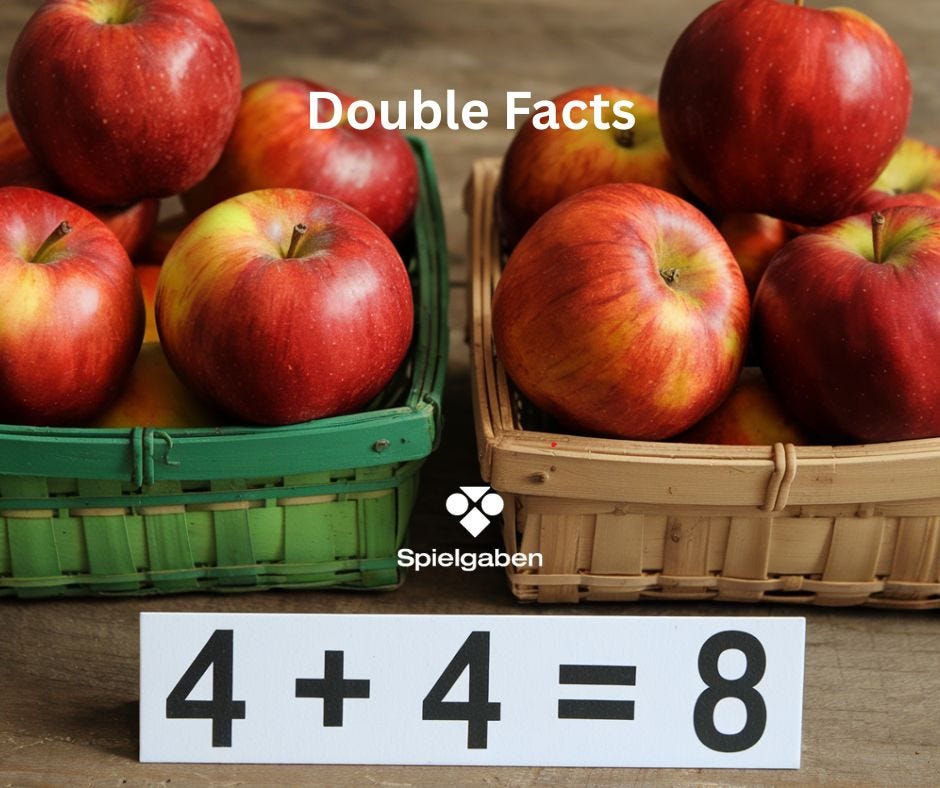
Subject: Doubles Facts (2+2, 3+3, etc.)
1. Alignment with Standards:
- CCSS.MATH.CONTENT.1.OA.C.6
- Add and subtract within 20, demonstrating fluency for addition and subtraction within 10.
- CCSS.MATH.CONTENT.1.OA.B.3
- Apply properties of operations as strategies to add and subtract.
2. Lesson Objectives
By the end of this lesson, children will be able to:
- Identify and recite doubles addition facts (1+1 through 10+10).
- Use manipulatives (counters, dominoes, etc.) to model doubles.
- Solve simple word problems involving doubles.
3. Materials Needed
- Counters (buttons, beads, or small blocks)
- Doubles Flashcards (with visuals like dots or fingers)
- Printable Doubles Worksheet (with pictures and equations)
- Dominoes (to find doubles)
- Whiteboard & markers
- Image Prompt (Visual aid showing doubles, e.g., two sets of 3 apples)
4. Lesson Activities
A. Warm-Up (5-10 min): Counting by Twos
- Sing a “Counting by Twos” song (e.g., 2, 4, 6, 8, 10…) to introduce the concept of doubling.
- Ask: “If I have 2 cookies and you have 2 cookies, how many do we have together?”
B. Direct Instruction (10 min): Introducing Doubles
- Show the image prompt (e.g., two groups of 3 stars).
- Write the equation 3 + 3 = 6 and explain: “When we add the same number twice, it’s called a double!”
- Demonstrate with counters:
- Place 2 counters + 2 counters, then count all to get 4.
- Repeat with 4 + 4, 5 + 5, etc.
C. Guided Practice (15 min): Hands-On Activities
- Domino Doubles Match
- Lay out dominoes face up. Have the student find dominoes with the same number on both sides (e.g., 4-4).
- Say: *”This is 4 + 4 = 8!”*
- Doubles Flashcards Drill
- Show flashcards with visuals (e.g., two sets of 5 dots) and ask for the total.
- Whiteboard Practice
- Write a doubles fact (e.g., 6 + 6) and have the student solve it using counters.
D. Independent Practice (10 min): Worksheet & Game
- Worksheet: Solve doubles problems with picture support (e.g., two buses with 5 kids each).
- Roll & Double Game:
- Roll a die, then double the number (e.g., roll a 3 → 3 + 3 = 6).
E. Wrap-Up (5 min): Real-Life Doubles
- Ask: “Can you think of real-life doubles?” (e.g., two eyes, two hands, two legs).
- Quick verbal quiz: *”What’s 7 + 7?”*
5. Assessment
- Observation: Can the student quickly recall doubles up to 10+10?
- Worksheet Accuracy: Check for correct answers.
- Exit Question: *”What is 8 + 8?”*
6. Extension Ideas
- Doubles +1: Introduce near-doubles (e.g., *If 5+5=10, then 5+6=11*).
- Doubles Bingo: Create a bingo game with doubles sums.
Mid Level (Grade 3 to 5)
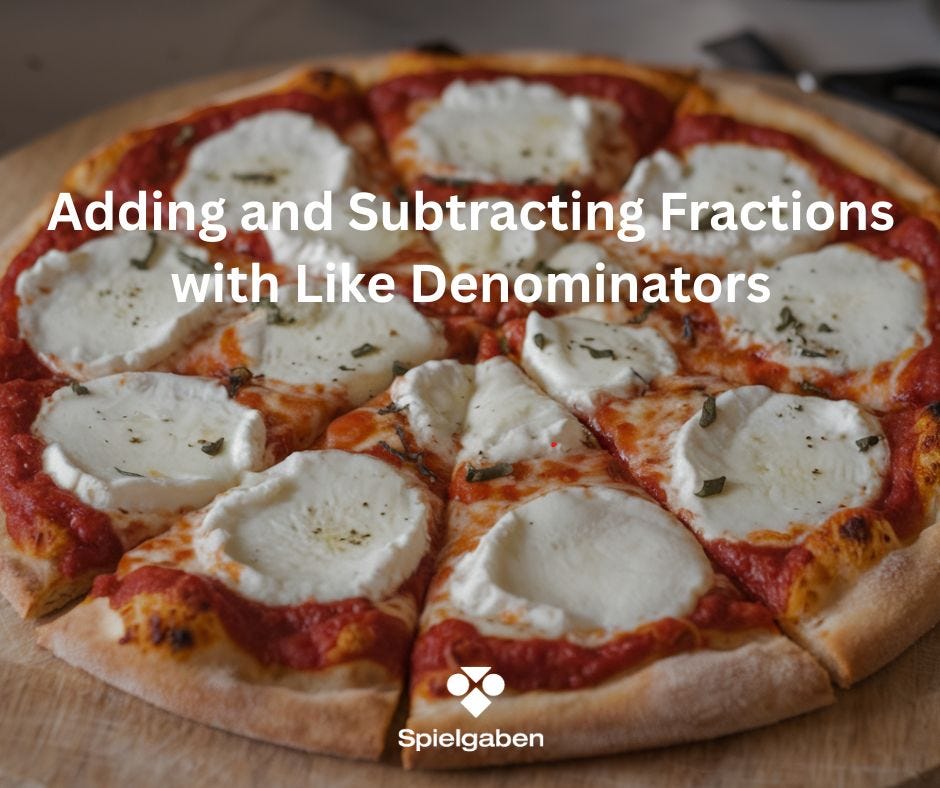
Subject: Adding and Subtracting Fractions with Like Denominators
1. Alignment with Standards:
- CCSS.MATH.CONTENT.4.NF.B.3.A
- Understand addition and subtraction of fractions as joining and separating parts referring to the same whole.
- CCSS.MATH.CONTENT.4.NF.B.3.D
- Solve word problems involving addition and subtraction of fractions with like denominators.
2. Lesson Objectives
Children will be able to:
- Add and subtract fractions with like denominators using visual models (fraction bars, circles).
- Solve problems and simplify fractions when possible (e.g., 2/8 → 1/4).
- Apply skills to real-world scenarios (e.g., pizza slices, measuring ingredients).
3. Materials Needed
- Fraction Bars or Circles (physical or printable)
- Whiteboard & Markers
- Colored Pencils & Grid Paper (for shading fractions)
- Word Problem Cards (real-life examples)
- Image Prompt (e.g., pizza divided into eighths with slices added/subtracted)
4. Lesson Activities
A. Warm-Up (5-10 min): Fraction Review
- Ask: *”If I eat 1/4 of a sandwich and then another 1/4, how much did I eat total?”*
- Draw a fraction bar divided into fourths to visually confirm 2/4 = 1/2.
B. Direct Instruction (15 min): Concept & Examples
- Key Rule: “When denominators are the same, add/subtract the numerators and keep the denominator.”
- Example: 3/6 + 2/6 = 5/6 (show with fraction circles).
- Simplifying: *”Can we make 4/8 smaller?”* → Fold fraction bars to show 4/8 = 1/2.
C. Guided Practice (20 min): Hands-On Learning
- Fraction Bar Manipulatives
- Students solve 5/8 – 3/8 by removing shaded sections.
- Number Line Jumping
- Plot 1/5, then add 2/5 → *”We land on 3/5!”*
- Word Problems
- *”A recipe needs 3/4 cup of sugar. You add 1/4 cup. How much is there now?”*
D. Independent Practice (15 min): Worksheets & Games
- Worksheet: Solve equations like 7/10 – 4/10 and shade grids to match.
- Fraction War Card Game:
- Draw two fractions with like denominators (e.g., 3/5 and 4/5), add/subtract, and compare results.
E. Wrap-Up (5 min): Real-World Connection
- Discuss: “When might you add/subtract fractions in life?” (e.g., measuring wood, sharing food).
- Exit Ticket: Solve 2/3 + 1/3 and 9/12 – 5/12, then simplify if possible.
5. Assessment
- Observation: Can the student explain the steps while using manipulatives?
- Worksheet Accuracy: Check for correct operations and simplification.
- Exit Ticket Responses: Quick verification of understanding.
6. Extension Ideas
- Mixed Numbers: Introduce problems like 1 3/5 + 2/5.
- Error Analysis: Provide a solved problem with a mistake (e.g., 2/7 + 3/7 = 5/14) and ask students to find the error.
High Level (Grade 6 to 8)
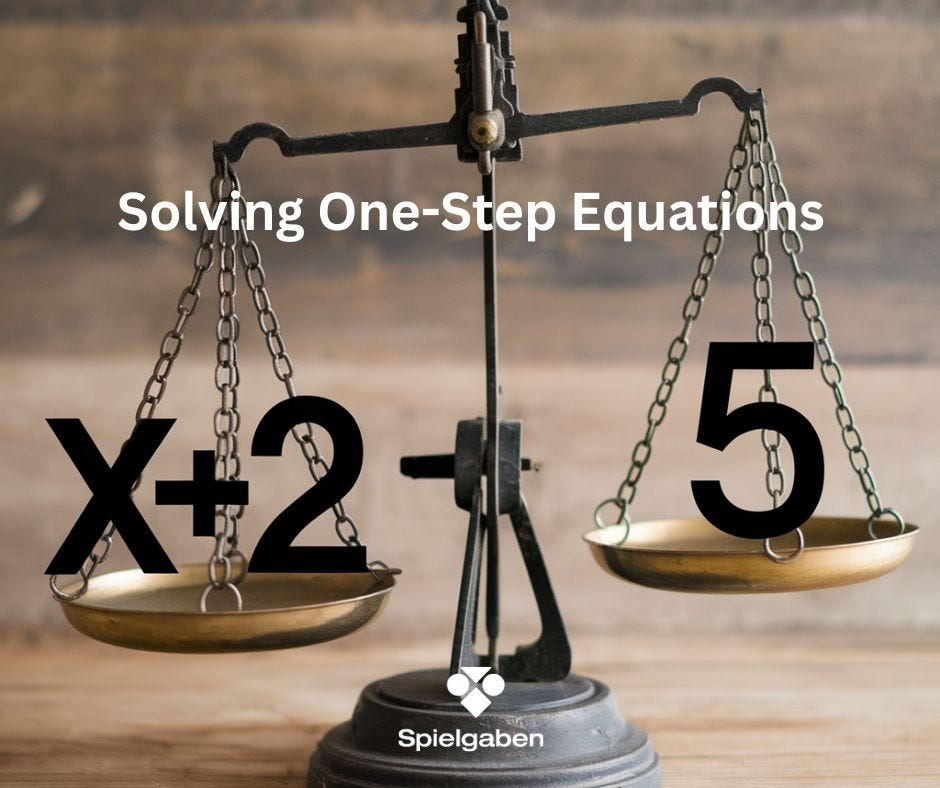
Subject: Solving One-Step Equations
1. Alignment with Standards:
- CCSS.MATH.CONTENT.7.EE.B.4.A
- Solve real-world problems leading to equations of the form px + q = r and p(x + q) = r, where *p*, *q*, and *r* are rational numbers.
- CCSS.MATH.CONTENT.7.EE.B.3
- Solve multi-step problems with positive and negative rational numbers in any form.
2. Lesson Objectives
Children will be able to:
- Identify inverse operations (e.g., subtraction “undoes” addition).
- Solve one-step equations involving integers, fractions, and decimals.
- Justify solutions by checking answers in the original equation.
- Apply skills to word problems (e.g., “A number divided by 5 equals 3”).
3. Materials Needed
- Algebra Tiles (or colored paper squares for visual modeling)
- Whiteboard & Markers
- Equation Cards (for sorting and solving)
- Real-World Problem Strips (e.g., shopping discounts, speed calculations)
- Image Prompt (Balance scale showing *x + 2 = 5*)
4. Lesson Activities
A. Warm-Up (10 min): Inverse Operations Review
- Think-Pair-Share: “How would you undo these operations?”
- Example: “If I add 7, how do I reverse it?” (Subtract 7)
- Quick Practice: Solve mentally: *x – 4 = 10*; *3n = 15*.
B. Direct Instruction (20 min): Key Concepts & Examples
- Introduce Inverse Operations:
- Addition ↔ Subtraction | Multiplication ↔ Division
- Demonstrate with algebra tiles: *x + 3 = 7* → Remove 3 tiles from both sides.
- Solve Equations Step-by-Step:
- Example 1: *m – 5 = 12* (Add 5 to both sides).
- Example 2: *x/4 = 6* (Multiply both sides by 4).
- Check Solutions: Substitute back (e.g., *17 – 5 = 12* ✓).
C. Guided Practice (25 min): Hands-On Learning
- Algebra Tile Exploration:
- Model *2x = 8* by dividing tiles into two equal groups.
- Equation Sorting:
- Sort cards into “Add/Subtract” or “Multiply/Divide” categories before solving.
- Error Analysis:
- “Spot the Mistake”: Provide incorrect solutions (e.g., *x + 9 = 11 → x = 20*).
D. Independent Practice (20 min): Worksheets & Real-World Tasks
- Tiered Worksheets:
- Level 1: *y + 8 = 15*
- Level 2: *−5 = a/3*
- Level 3: Word problems (e.g., “A number tripled is 27”).
- Speed Challenge: Timed solve-and-check with partner.
E. Wrap-Up (10 min): Reflection & Application
- Real-World Discussion: “Why is solving equations useful?” (e.g., budgeting, cooking).
- Exit Ticket: Solve k – 6 = −4, and 7 x = 49, then explain steps.
5. Assessment
- Participation: Observes use of algebra tiles and verbal reasoning.
- Worksheet Accuracy: Tracks correct application of inverse operations.
- Exit Ticket: Evaluates procedural and conceptual understanding.
6. Extension Ideas
- Negative Coefficients: Solve equations like *−x = 9*.
- Two-Step Preview: Introduce *2x + 1 = 7* for advanced learners.
- Create Your Own: Students design word problems for peers to solve.




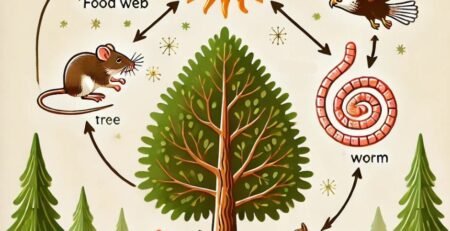



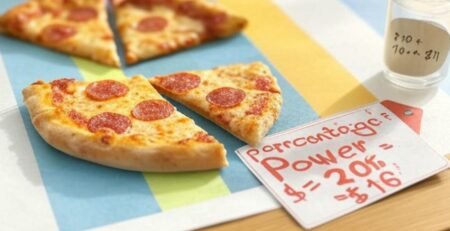


LEAVE A COMMENT